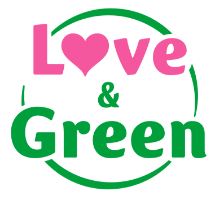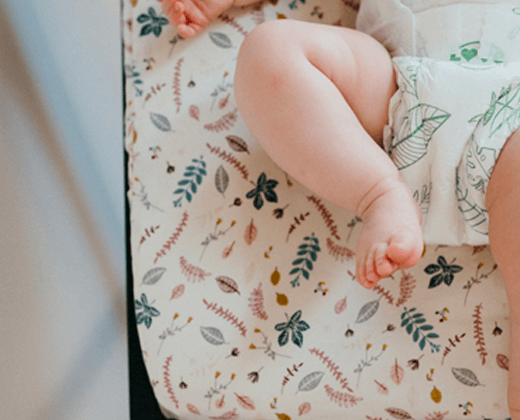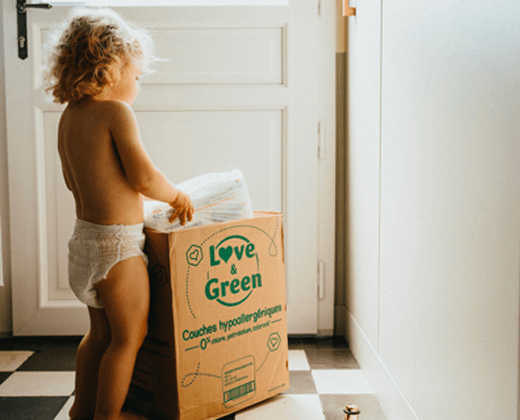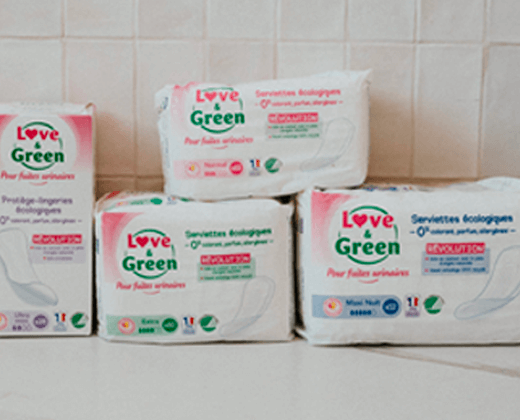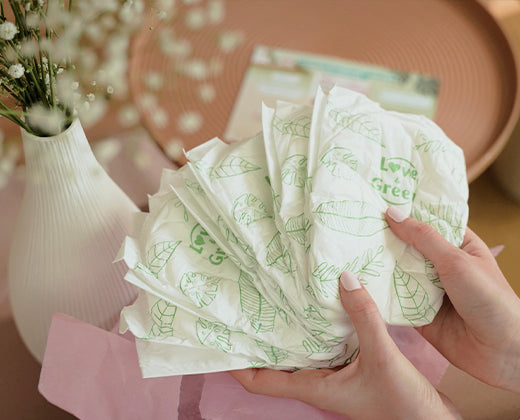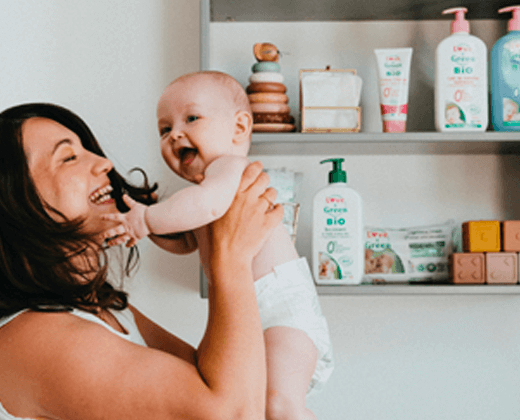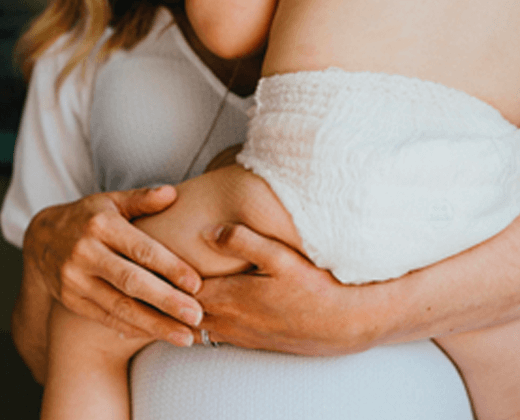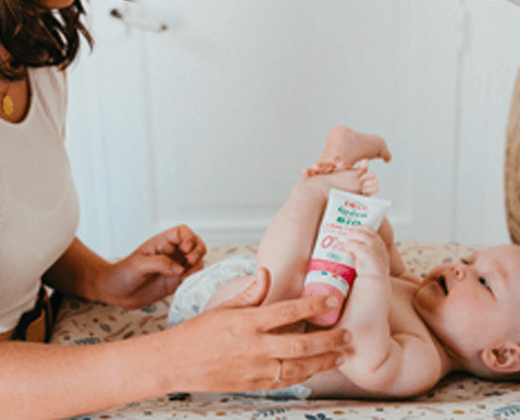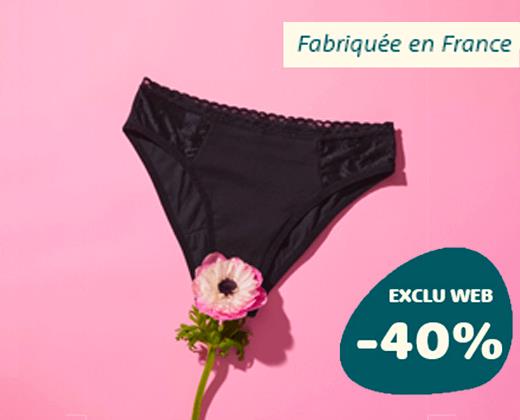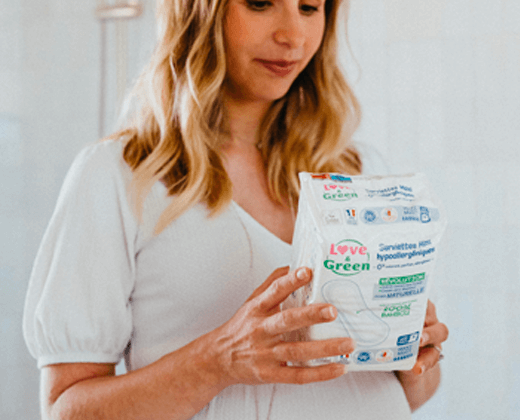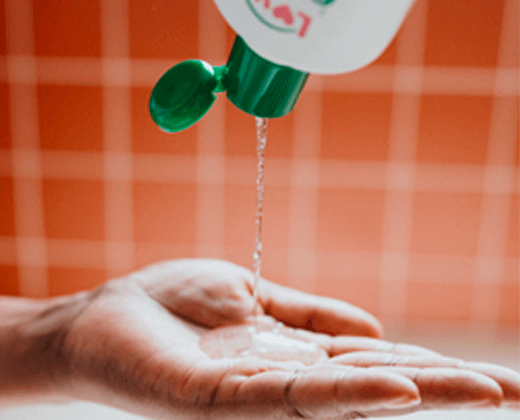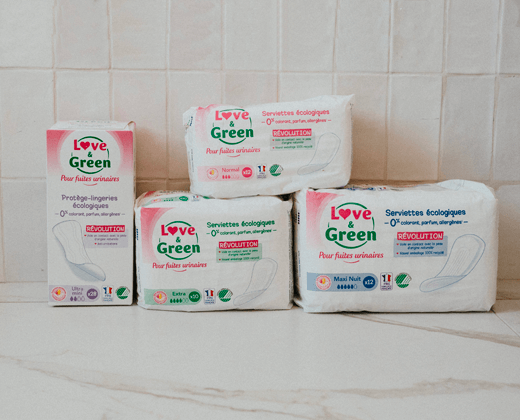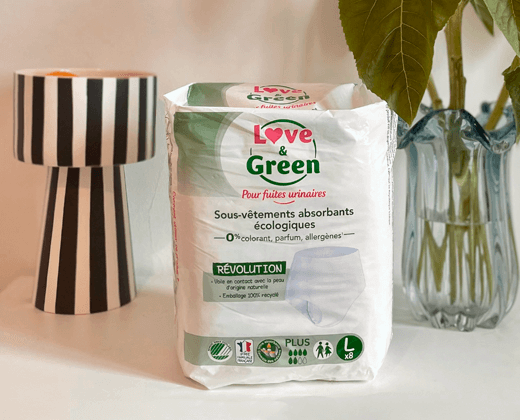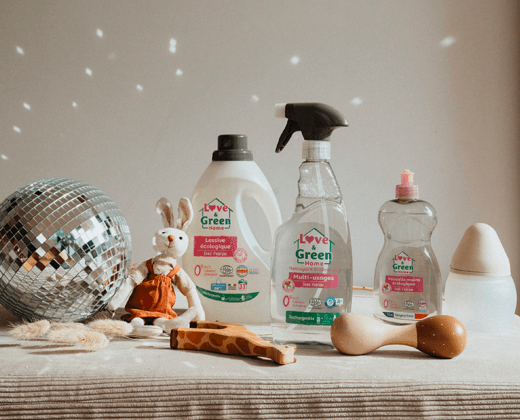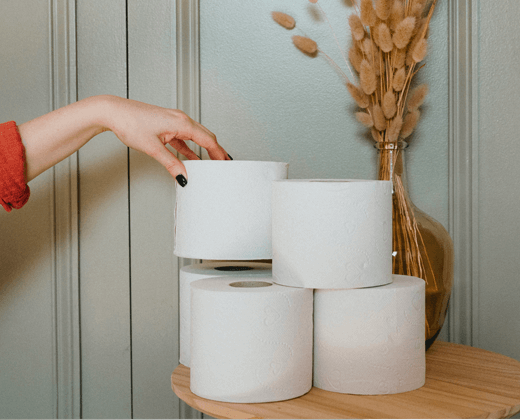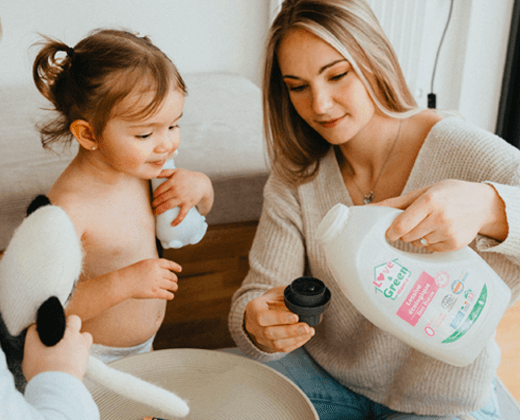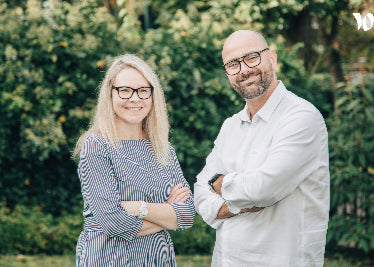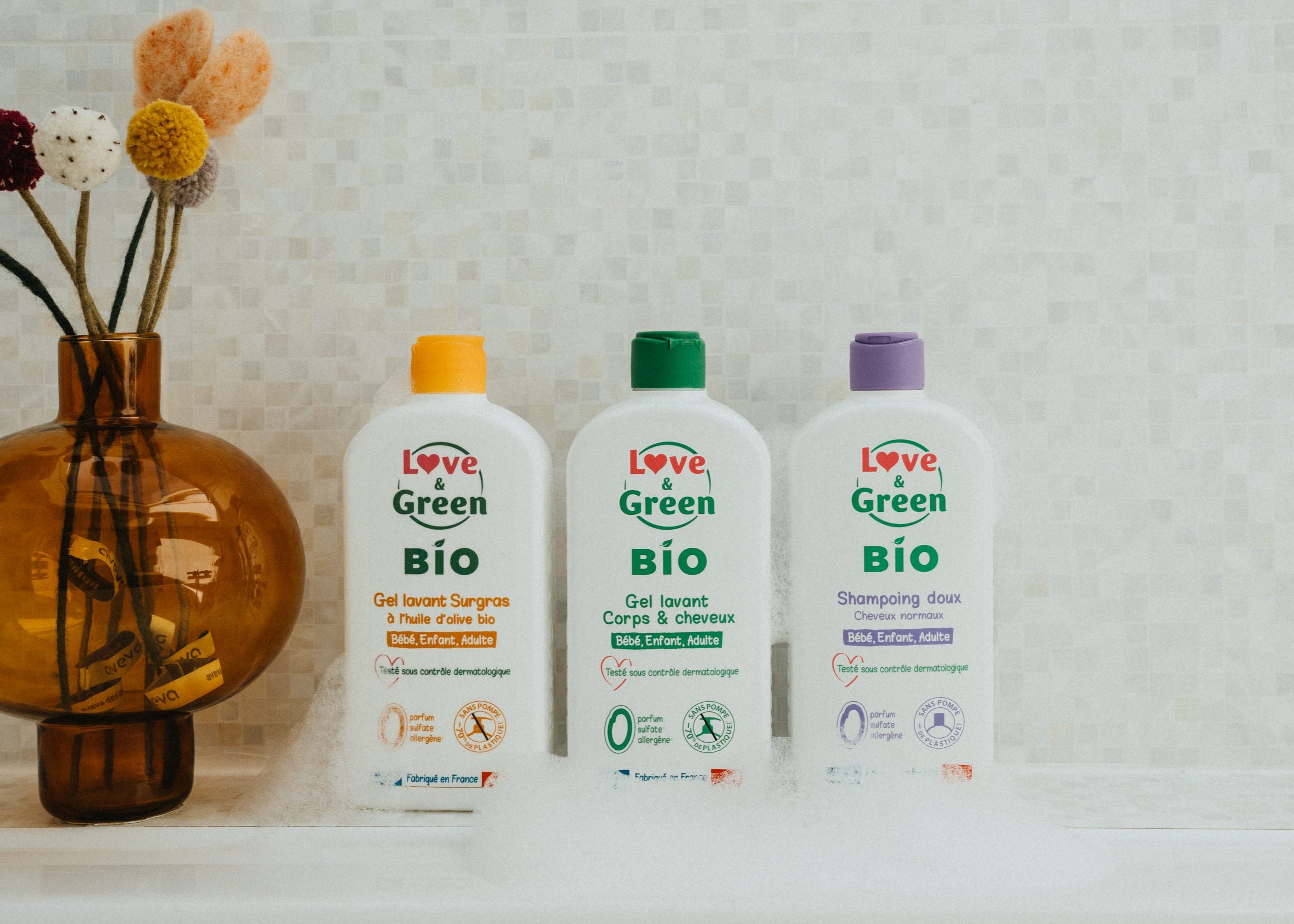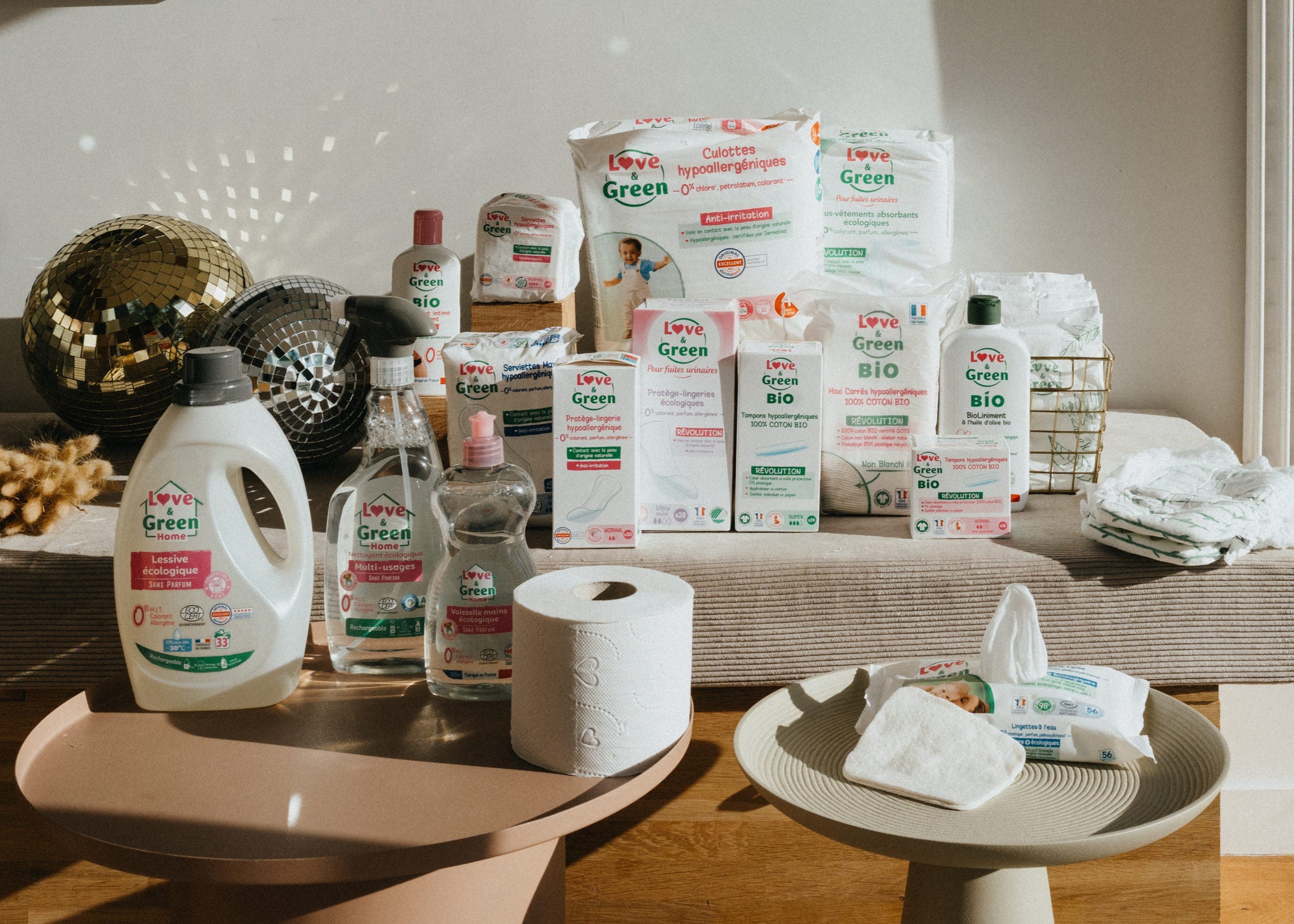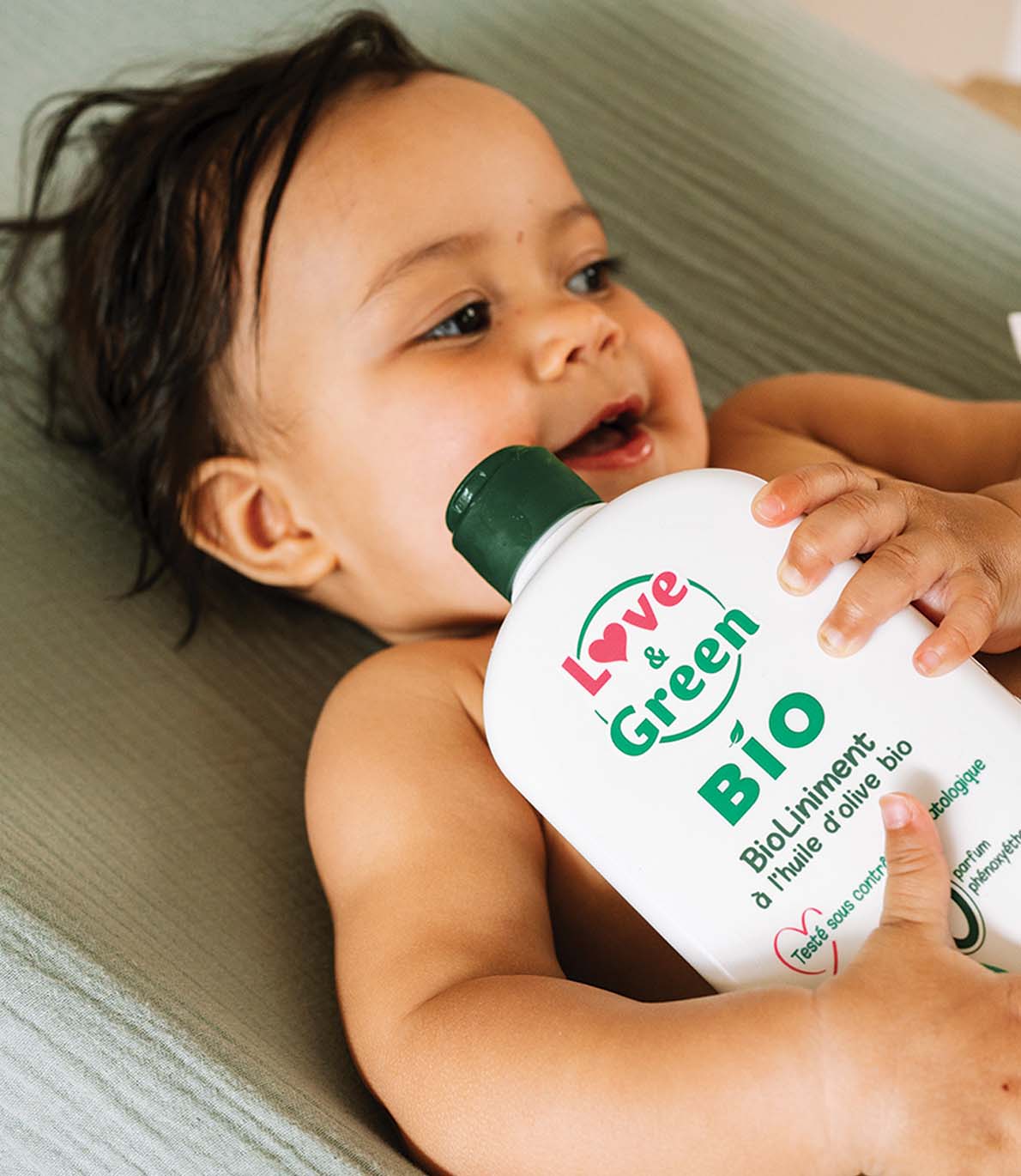Toxic layers: a hell of a cocktail
A first study by the association 60 million consumers had set fire to the powder in February 2017. Other published results, then a report by the health security agency (ANSES) in January 2019 have finished convincing us: we really find anything in the diapers For babies!
Read rather:
- allergens;
- formaldehyde;
- traces of dioxins, PCB and furanes;
- HAP trails (polycyclic aromatic hydrocarbons).
You don't know what all these terms covers? Remember that their toxic potential has been proven by scientific studies and that they are notably classified probable or possible carcinogenic by the authorities. However, they find themselves in many foreign exchange brands for babies. Admittedly, these are minimal concentrations compared to the thresholds fixed by law (when such thresholds exist) but, when we know that toys, clothes, food, toilet products (wipes ...) also contain risky substances, we guess that the cocktail takes good proportions.
Parents who buy diapers for their children rarely know what they are made of. There are mainly cellulose (wood fiber) and especially plastics, for example polypropylene (= plastic).
The risks of toxic baby diapers
Babies who have just been born have a still deficient organism. They are far from having completed their development. It lasts many years, the most crucial of which are precisely those during which they wear layers. Young children are therefore very sensitive to molecules toxic. These can migrate into the urine and strongly attack the epidermis. This results in numerous and varied skin pathologies, from simple irritation to infectious or inflammatory dermatitis via allergies; That we generally take care of by applying on the buttocks of our babies of lotions, creams, milks which are not necessarily free from any reproach. A vicious circle?
There are also endocrine disruptors, which are found in many plastics and which have a harmful impact on the hormonal system. Children are particularly helpless in the face of their attacks. This can result in the most extreme cases, by growth delays or early puberty, malformations, effects on emotional maturity or concentration capacities. The effects of harmful substances are not necessarily immediate: they sometimes have very long action periods.
The precautionary principle is therefore required.
How to choose the baby change?
It is a real dilemma for young parents, mothers and fathers concerned with the well-being and health of their child. How to sort through brands, labels, promises of manufacturers? It has become difficult to trust, especially since the latest studies and reports blur our bearings.
The reflex you should therefore have when you do your baby shopping is to check the composition of the products. Since April 2019, the DGCCRF has required manufacturers to register their list of ingredients on their website, and since September 2019, on their packets of diapers. So you have to go and check and remove all those that still allow litigious substances.
- Lotions? Are they really essential? The lotions are added by certain manufacturers in the layers to avoid plastic irritation. This is the Petrolatum (oil jelly) classified red by Inci Beauty. To be eliminated, therefore!
- As for the composition, favor TCF natural certified cellulose, that is to say no whitewashed to chlorine and derivatives of chlorine. Also banish plastic based on hydrocarbons and prefer what is called eco-platics made up of organic matter (corn starch, scure cane, beet, potato, etc.). So prefer a veil in contact with baby's skin in vegetable starch (100% natural origin) to a plastic veil (polypropylene).
- List all the elements contained in the layer. No toxic substance is essential. At Love and Green, the proposed layers are perfectly happening and are truly layers ecological !
